Conservation Room
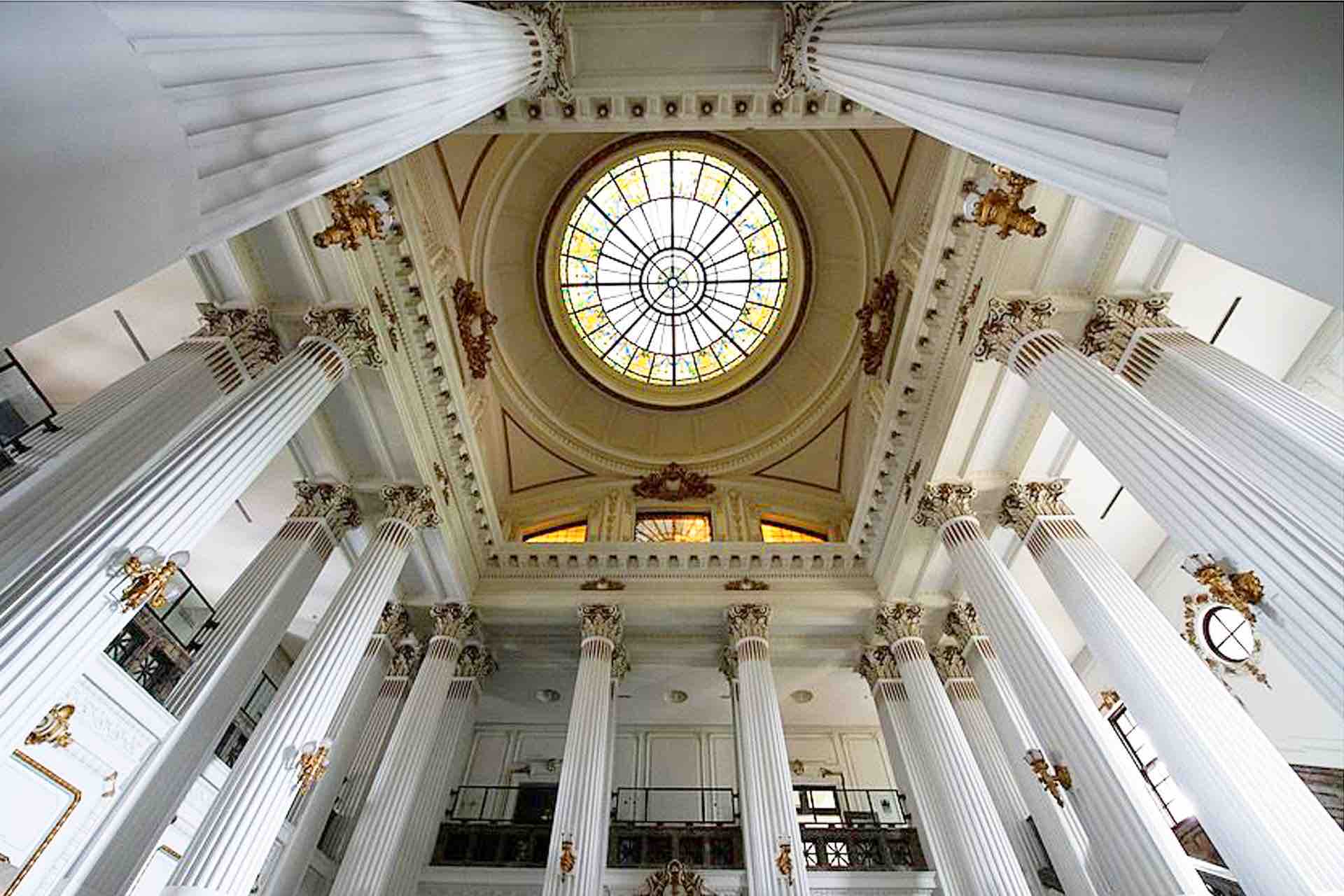
|
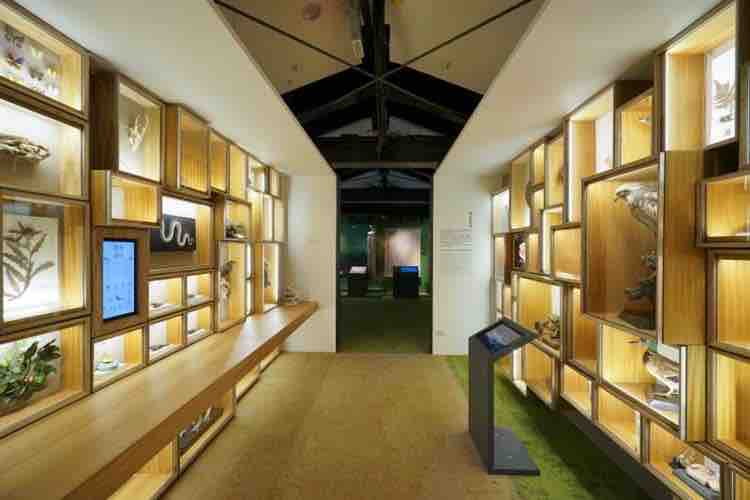
|
|---|
Source: National Taiwan Museum https://www.ntm.gov.tw/en/content_172.html
About National Taiwan Museum
The oldest museum in Taiwan was actually built when the Japanese were ruling Taiwan (1899). They wanted a museum built to show the humanities,geography, biology ......etc. of Taiwan. Therefore, through research and data, they presented the beauty of Taiwan through this museum.
Before the Japanese came, Taiwan was not influenced by Western culture. After ruling by the Japanese, the Baroque style was introduced. As a result, most of the buildings built during that period were all in Baroque style.
Our collections have been collected by the Japanese since then, and have continued until after the war. Most of our works in the department are about anthropology, but we still have some other collections.
There are still some exhibits on zoology, geology, botany, and more. But today let’s focus on the anthropology part. If you are interested in other subjects, you can contact other departments for more details.
The Three Most Important Artifacts
Our most famous work is the Blue Flag with Yellow Tiger. We had it conserved a few years ago and then displayed it. It witnessed the establishment of democracy in Taiwan.
The Portrait of Koxinga is another one used in textbooks and even potato chip packages.
Lastly, there is the The Origin of the Place Names in the Kang-Hsi Taiwan Map. It is the earliest map depicting the appearance of Taiwan.
And these three pieces are the national treasures of our museum.
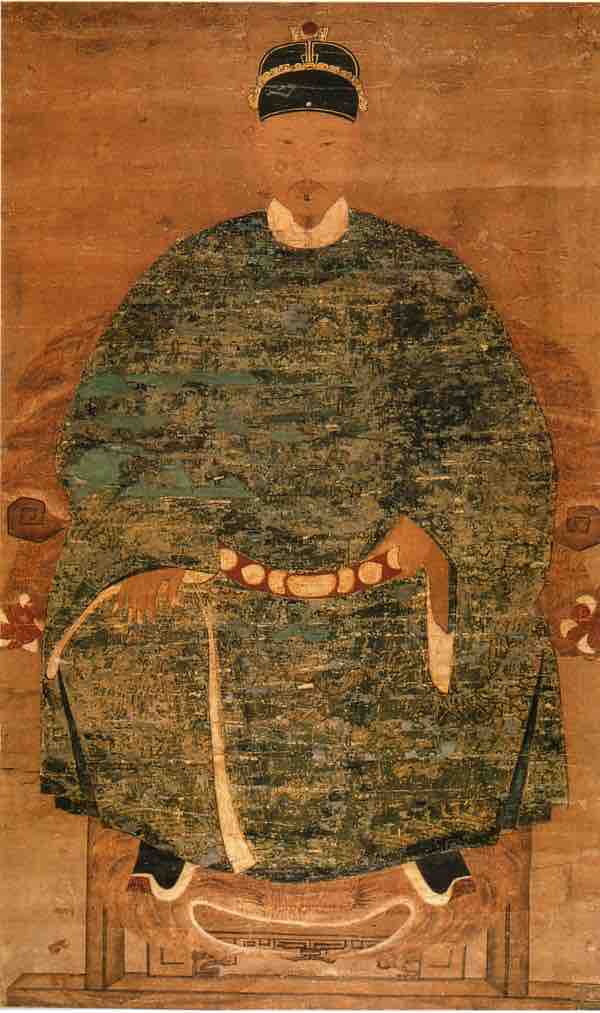
|

|
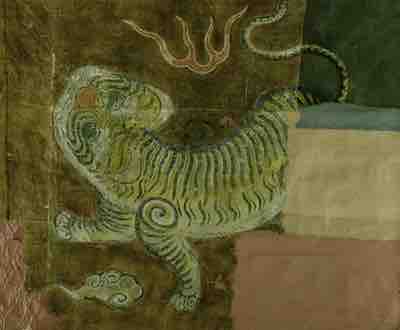
|
| The Royal Image of Zheng Chenggong | Kangxi Taiwan Map | National Flag of 1895 Republic of Formosa |
Source: National Taiwan Museum https://www.ntm.gov.tw/en/
A few years ago, we did a series of historical research investigations and scientific analysis, and then conservation. In fact, conservation is only one of the many steps in the study of artifacts. Our main goal is to improve the conditions of our artifact. If it is a more important product, we will have an experienced team do the conservation work.
The other works are done in our conservation department. We are quite different from the one in the Palace Museum. In the National Palace Museum, they are full-time restorers, like Mr. Hong. They mainly concentrate on doing repairs every day, like a surgeon performing operations. Actions can be performed by specialized individuals. But our department, unlike theirs, cannot achieve that level of specialization. In our museum, conservators like me must know how to conserve all sorts of artifacts.
Therefore, when encountering more difficult and severely damaged artifacts, we will entrust other more professional teams to repair them.
Environment of the Conservation Room
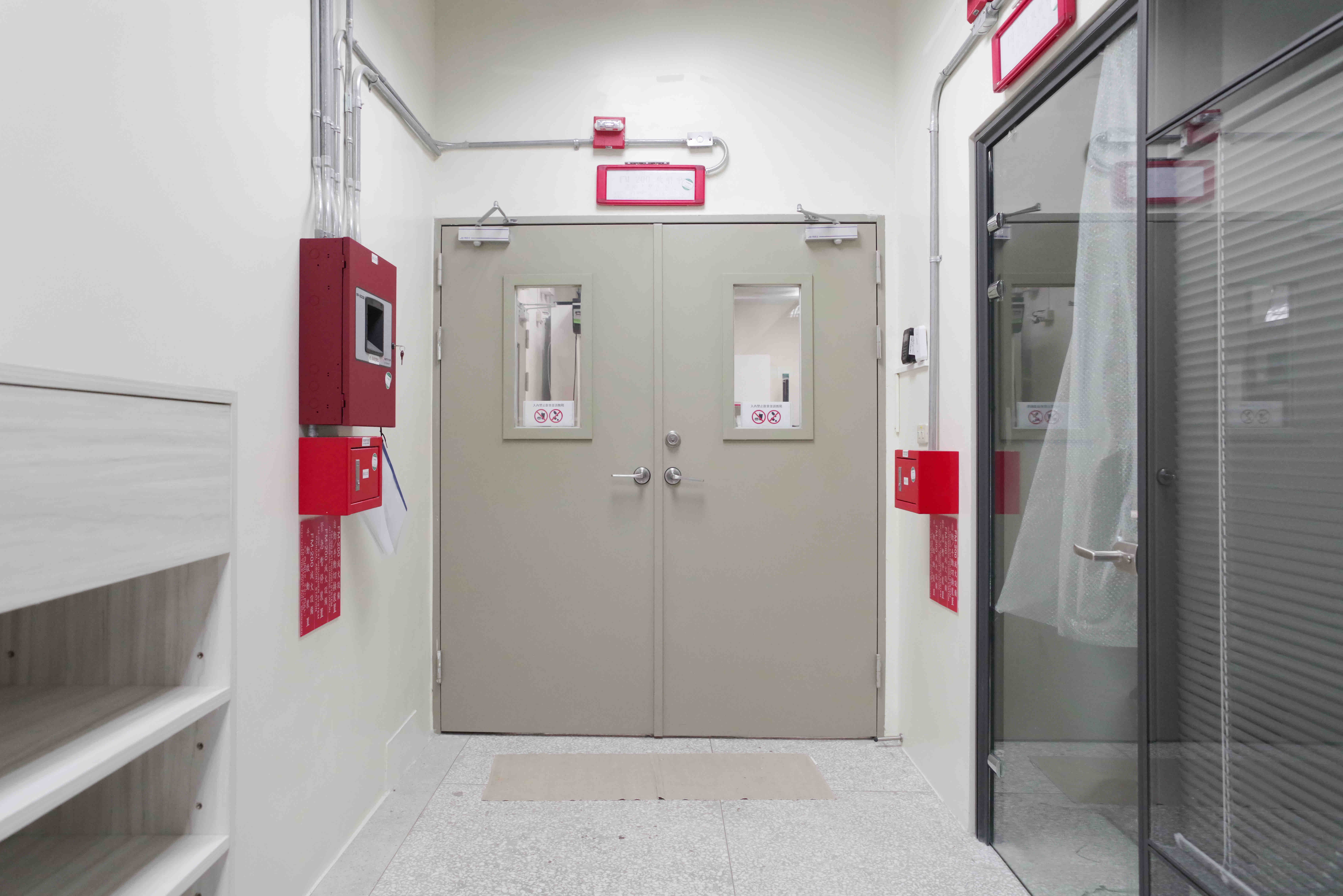 The National Taiwan Museum belongs to the Ministry of Education. In the past, there were offices on the
first
floor, the Ministry of Education on one side, and the museum on the other. Later, because there wasn’t
enough space, all the offices were changed to warehouses.
The National Taiwan Museum belongs to the Ministry of Education. In the past, there were offices on the
first
floor, the Ministry of Education on one side, and the museum on the other. Later, because there wasn’t
enough space, all the offices were changed to warehouses.
Another problem is, the environment here is not ideal for storing things, as you can see when you step in this building, too many officials and civil officers walking around. The perfect warehouse condition is one like that in the Palace Museum. It was originally planned to be a workspace, with regulated entries and exits.
Despite all the disadvantages, our location is actually very convenient. The land here is very expensive and therefore, we try to save as much space as possible, and try to maximize the use of storage areas.
Originally, there was no such conservation room. It was originally a very small room, which only allowed us to do some simple cleaning work.
 Later, we secured funding and opportunities, purchased the equipment, and rearranged our working space to
what you see now.
Later, we secured funding and opportunities, purchased the equipment, and rearranged our working space to
what you see now.
In this space, we will do some processing and packaging of the artifacts. Because the collections returned from the outside are prone to risk of insects or molds, we have to observe all artifacts here for a week before storing it in the warehouse to avoid infection in the warehouse area.
For example, when a person wants to clean a painting, he will do it in this room. We will not directly do these tasks in the warehouse. The equipment needed for restoring are all here.
Now, let me introduce our environment..
 The entrance is our administration, general affairs or sign-in area, where members’ control, keys,
telephones, and other objects are placed.
The entrance is our administration, general affairs or sign-in area, where members’ control, keys,
telephones, and other objects are placed.
Moving on, here is the material area. As you can see, there are shelves and rolls of packaging materials.
Then there is our office area with a laptop. Sometimes there will be some data that needs to be checked, documents that need to be read, and that will be done here.
This work table is flexible and can be raised and lowered. We found that with everyone’s height differences, it is necessary for the table to be adjustable to ensure a comfortable working area for our colleagues.
 Next, there is a magnetic board over there. It is grey because we see grey as a relatively neutral color. If
we have larger works, we can use magnets to fix them on the wall to take photos.
Next, there is a magnetic board over there. It is grey because we see grey as a relatively neutral color. If
we have larger works, we can use magnets to fix them on the wall to take photos.
Photographing every step is very important to us. It is necessary to record the comparison before and after conservation, so we all use images to record its changes.
Photographing is a basic requirement in our line of work. Because of the limited space, there is a sliding door, similar to a Japanese door. It can actually be used as a drying board and a framing table. And it can be folded when it is not in use to save space.
Then there are safety issues. Because we are in the basement, there will be an emergency exit. If there is a fire, you can climb up the fire escape. Because you are visitors, and we still need to be cautious of theft and other related issues, please excuse me for not telling you where the exit leads to. Only our own colleagues know so they can lead the way in case of an emergency.
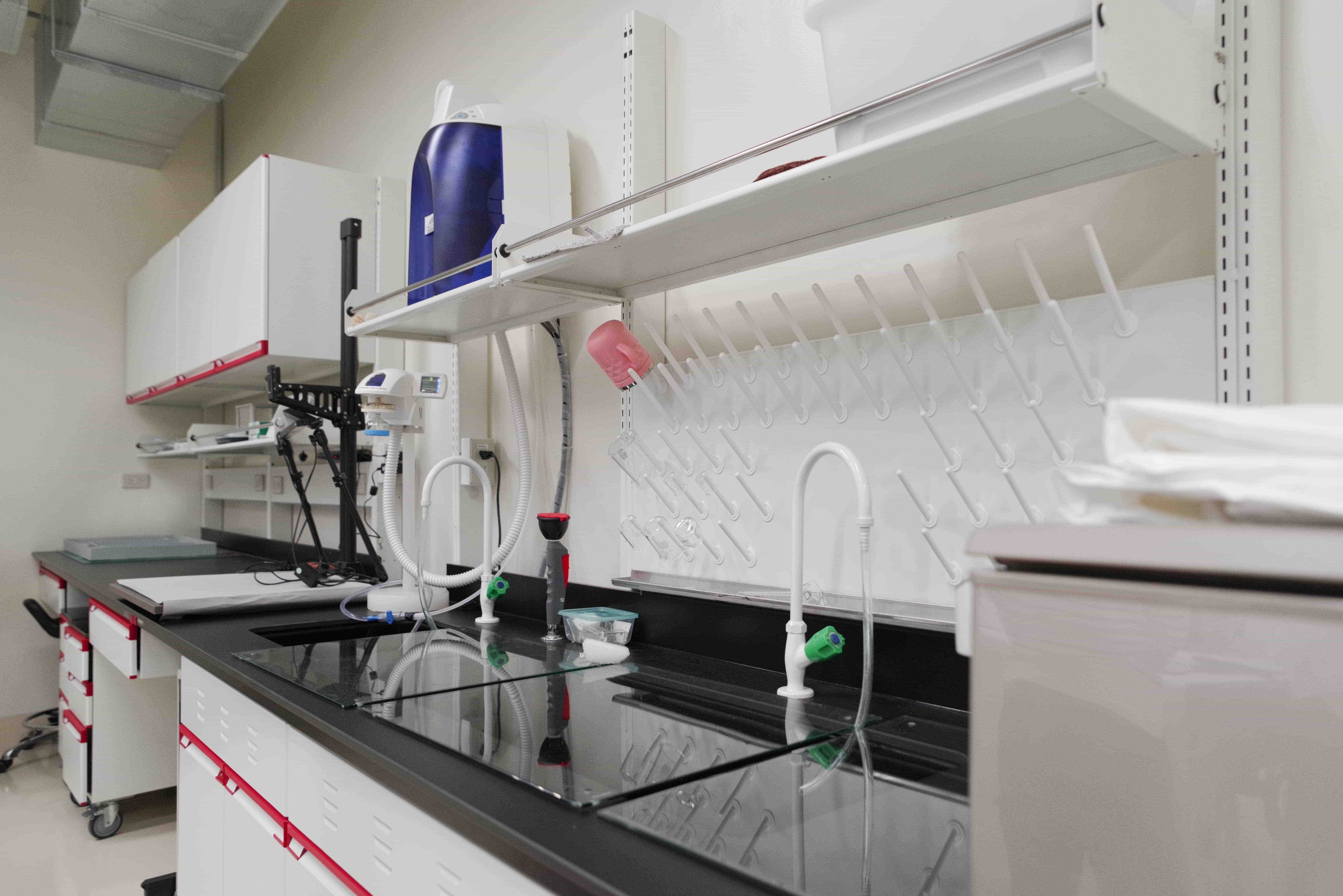 And here is our wet area, which is basically a laboratory. The equipment is similar to those you see often
in
science class. The water we use all come from water purifiers, and is pure H2O.
And here is our wet area, which is basically a laboratory. The equipment is similar to those you see often
in
science class. The water we use all come from water purifiers, and is pure H2O.
Here is the experimental bench. We have a microscope, or an electronic scale in case we want to create a solution that can be useful to the conservation. This room is full of tools that you will find in a regular laboratory. Additionally, we also use dry medical powder or other materials to conserve artifacts. In the laboratory, we also have a wet zone, which we use to create solutions. At the very back, you can see a white cabinet. It is called the “work bridge.” The “work bridge” will be used when we work on large conservation projects. For example, the size of the National Flag of the 1895 Republic of Formosa as an is more than 300 cm, about 2 to 3 times the size of the work desk. When you spread the flag on the desk, it is not difficult to repair along the edges, but when we wanted to repair the inner areas, we encountered some problems. When we want to repair the inner areas, we require some support. As a result, the work bridge we specifically designed for the desk was just a tiny bit higher than the desk. When we want to repair a specific area or do some tests on a specific location, we can climb onto the bridge. At times, we also use the bridge to store some tools or instruments.
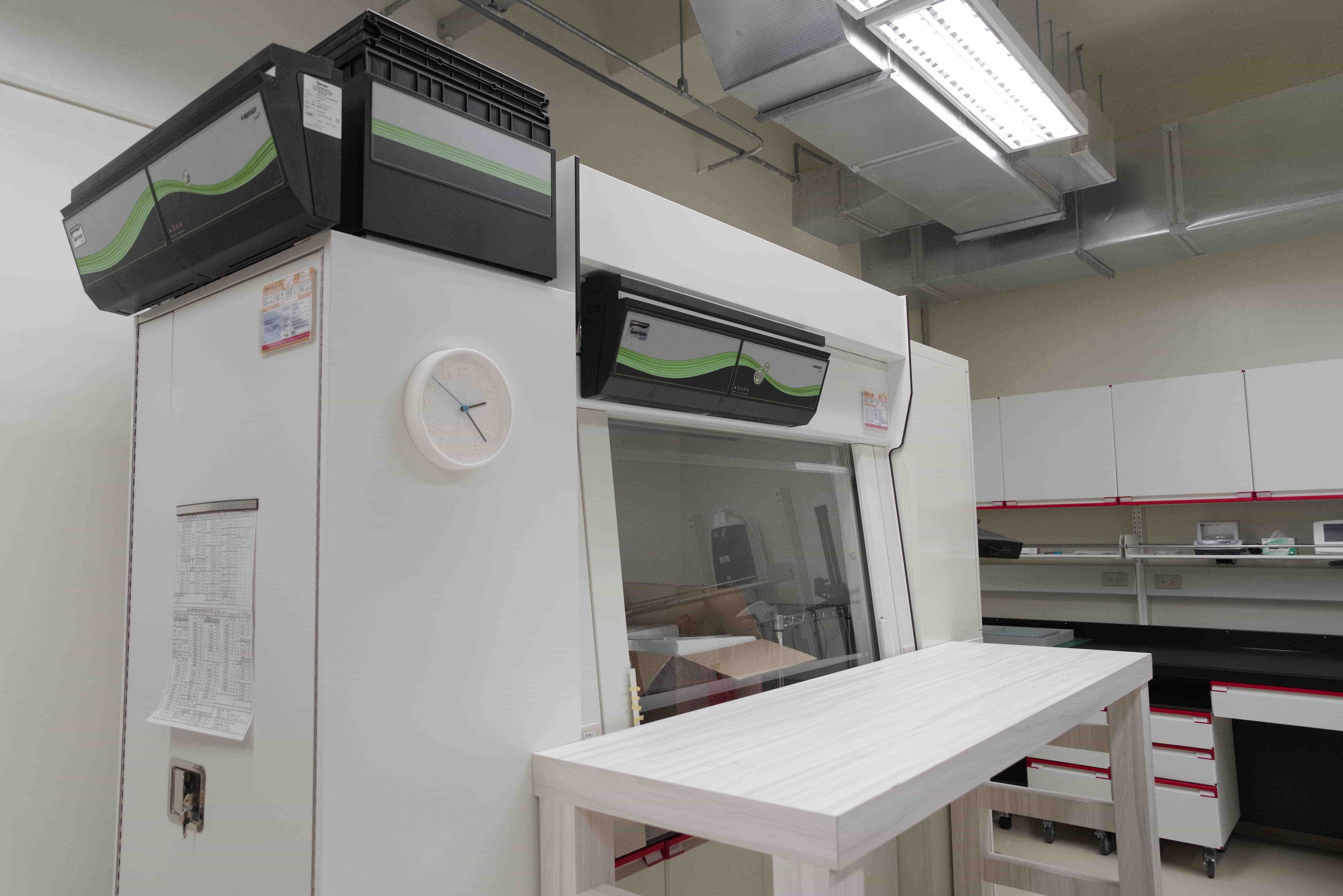 There is a sink located under the desk. We use the sink to clean fabric or paper, so it is not a regular
sink. It is specifically made for our conservation project, including its size, ability to spin, and ability
to tilt. Therefore we can drain the water more easily. It can also act as a translucent plate. Some projects
require us to use translucent techniques to check if the artifacts are damaged or repaired, or its paper
layering.
There is a sink located under the desk. We use the sink to clean fabric or paper, so it is not a regular
sink. It is specifically made for our conservation project, including its size, ability to spin, and ability
to tilt. Therefore we can drain the water more easily. It can also act as a translucent plate. Some projects
require us to use translucent techniques to check if the artifacts are damaged or repaired, or its paper
layering.
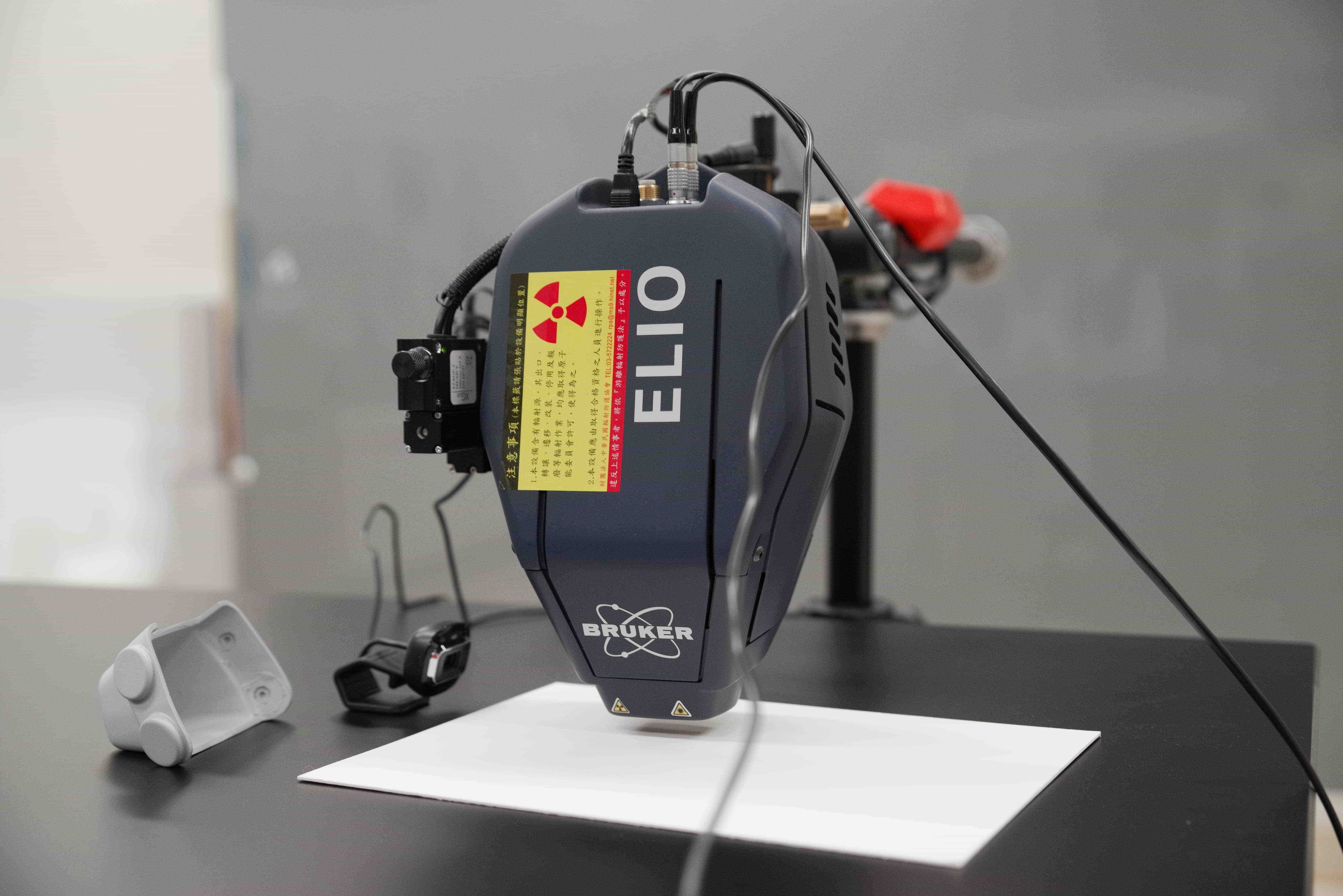 The above is about what you would see in a regular conservation room. We just obtained this new special
instrument, called an XRF (X-ray fluorescence). We mostly use this instrument to analyze material. Through
the XRF, we can analyze the chemicals that make up this artifact and what potential material it is made up
of. This is a more scientific way of analyzing. There are many types of XRF. In the early days, an XRF is
typically a desktop instrument and is harder to use, because you need to move the artifact sample into the
machine. This specific type of XRF we bought includes a tripod and has XYZ axes. It can create a
three-dimensional image of a specific area, and through computation, can immediately create a compound
image, simultaneously creating a graph showing material distribution. As a result, we look forward that this
XRF can help us do more complex analysis, enhancing our ability to conserve each artifact.
The above is about what you would see in a regular conservation room. We just obtained this new special
instrument, called an XRF (X-ray fluorescence). We mostly use this instrument to analyze material. Through
the XRF, we can analyze the chemicals that make up this artifact and what potential material it is made up
of. This is a more scientific way of analyzing. There are many types of XRF. In the early days, an XRF is
typically a desktop instrument and is harder to use, because you need to move the artifact sample into the
machine. This specific type of XRF we bought includes a tripod and has XYZ axes. It can create a
three-dimensional image of a specific area, and through computation, can immediately create a compound
image, simultaneously creating a graph showing material distribution. As a result, we look forward that this
XRF can help us do more complex analysis, enhancing our ability to conserve each artifact.